Where is the Hottest Part of the Earth and How Hot is It?
♦ What Is The Highest Peak On Earth? The Answer Is Not Everest
♦ How Many Mountains Are There on Earth Today: Top 10 Highest and Smallest
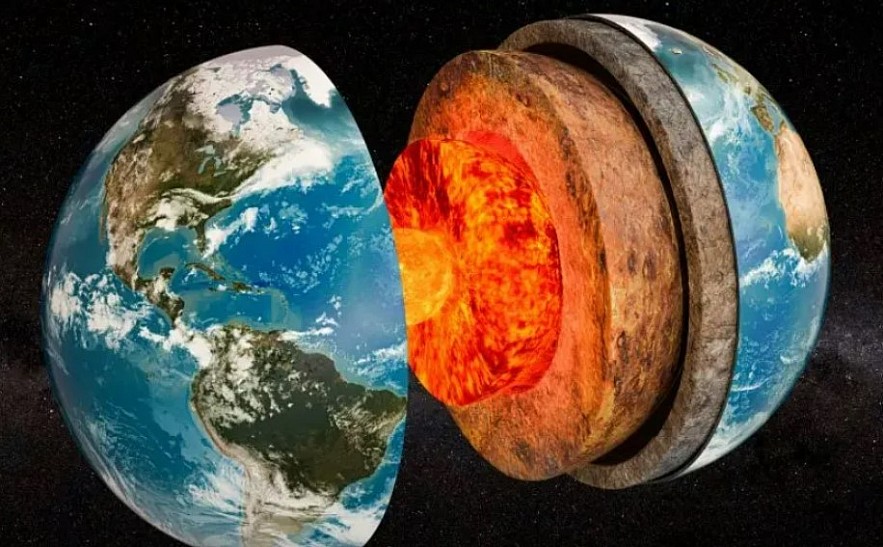 |
| Where is the hottest part of the earth located |
| Contents |
Parts, Layers of the Earth
The distance from Earth's surface to its center is nearly 6500 km, but our planetary structure is not uniform and is actually made up of many layers, some of which are hotter than others.
The Earth's thinner and cooler outer layer, known as the crust, is mainly composed of solid rock and is typically about 32 to 48 km thick in continental regions, while in oceanic regions, the average thickness is approximately 32 to 48 km. Average is about more than 6 km.
Beneath the Earth's crust is the mantle, extending down about 2,896.8 km, accounting for 84% of the total volume of the Earth. This layer is composed of rock material that is denser than the crust and is mostly solid, although melting may occur in some localized regions due to high pressure. While the mantle is mostly solid, on a geological time scale it essentially behaves like a viscous liquid.
The pressure and heat in the mantle usually increase as you go deeper. In regions near the crust, temperatures can be around 1,800 degrees Fahrenheit (982 degrees Celsius). Meanwhile, temperatures at the bottom of this layer hover around the 6,700 degrees Fahrenheit mark (3,704 degrees Celsius).
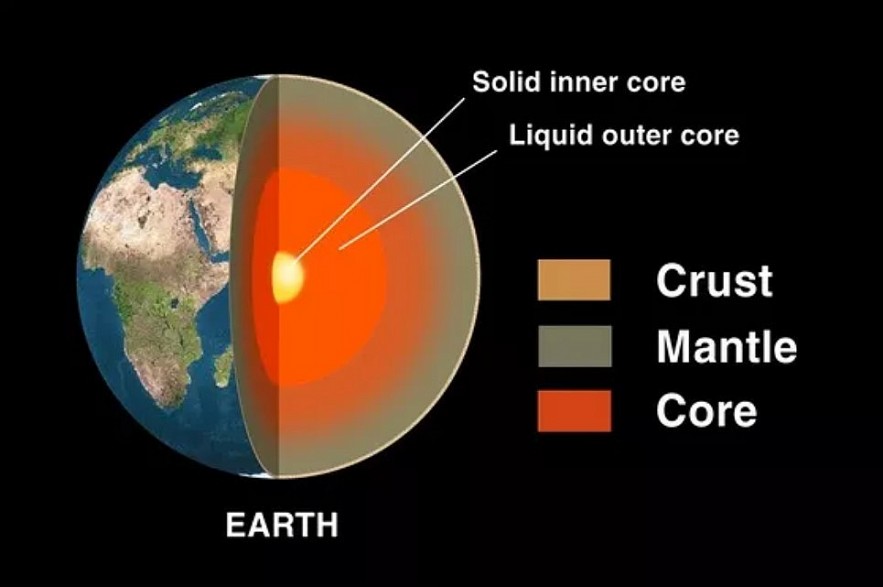 |
| Structure of the Earth |
What is the Hottest Layer of the Earth?
Beneath the crust is the Earth's core, which consists of the inner and outer parts. The outer core extends for about 2,253 km and is mainly composed of liquid iron and nickel. Temperatures here are said to range between 7,200 and 9,000 degrees Fahrenheit (3,982 degrees Celsius to 4,982 degrees Celsius).
The inner core is dense, about 750 miles (1,207 km) thick and composed mainly of iron and small amounts of nickel, among other elements.
Scientists estimate that the inner core of Earth is extremely hot — anywhere between 9,000 degrees Fahrenheit and 13,000 degrees Fahrenheit, about the same temperature as the sun's surface.
This extreme heat is due to the energy released when radioactive material decays, the initial temperature when the Earth formed, and the incredible pressure in the Earth's innermost depths.
Although the inner core is extremely hot, scientists still think that the matter here is solid due to the effects of the extreme pressure in this region.
However, a recent study has shown that the inner core may consist of an exotic state of matter that is neither a solid nor a liquid.
♦ How Hot Is The Earth's Core And Why?
Is Earth's Core Cooling?
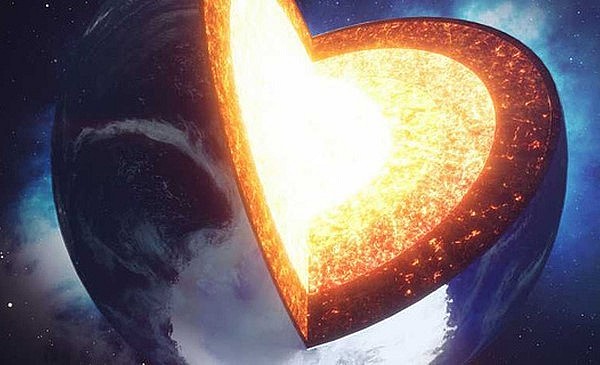 |
| Earth's core is cooling faster than expected |
The evolution of the Earth is the story of its cooling. 4.5 billion years ago, the Earth was covered with molten rock (magma) deep in the ocean, creating extreme temperatures common on its surface. Over millions of years, the Earth's surface cools to form a brittle crust.
Massive thermal energy from the Earth's interior as it moves still escapes through volcanism, mantle convection (which is the viscous rock layer below the crust and above the core) and plate tectonics (Earth's outer crust is divided into sections called "tectonic plates").
Researchers at the Swiss Federal Institute of Engineering ETH Zurich have demonstrated that a common mineral, located between the Earth's core and mantle, is a good conductor of heat. This leads them to assume that the Earth's heat is rapidly decreasing.
Scientists at ETH Zurich have demonstrated that the escape of heat inside the Earth's crust lies in the thermal conductivity of minerals that lie between the boundary between the core and the Earth's mantle.
This boundary layer consists of the viscous rock layer of the Earth's mantle in direct contact with the iron-nickel melting of the core layer. Between the two layers of contact there will be a lot of heat from the Earth's core escaping here.
The mineral Bridgmanite forms this boundary layer. This is a mineral that makes up most of the Earth, consisting of a silicate-perovskite compound (ceramic materials with a crystal structure similar to that of the calcium titanate ceramic material, CaTiO3).
So What Happens When The Earth's Core Cools Down?
In fact, it will take tens of billions of years for the inner core to cool significantly. As this happens, convection in the mantle, powered by heat from the outer core, slows down, eventually causing the end of plate tectonics - the motion of the Earth's crust causes earthquakes and volcanoes.
The Earth will lose its magnetic field, as it is also created by the convection outer core and Earth's rotation. This would make our planet's surface more vulnerable to storms from the sun, and it would also cause problems with any living things or technological components that use magnetism. For example, birds will no longer be able to migrate and the compass will no longer point north.
How Studying the Structure of the Earth?Scientists have mapped the structure of Earth's interior by looking at seismic waves generated by large earthquakes that travel through and around our entire planet. Different structures in the planet have different effects on seismic waves — bending them, slowing them down, making them bigger or smaller. Seismologists can read seismic data recorded at each geologic station on the Earth's surface and learn how energy moves through to produce a certain signature. Data from thousands of earthquakes and their seismic waves have enabled scientists to create entire images of the entire planet, as simple as an X-ray to image the bones inside the body. People. |
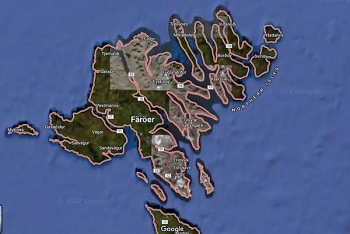 Fact-Check: Top 20 Secret Places on Earth That Blurred on Maps Fact-Check: Top 20 Secret Places on Earth That Blurred on Maps There are many secret places that are obscured or blacked out on Google Maps. Even if you zoom in all the way, you can't see ... |
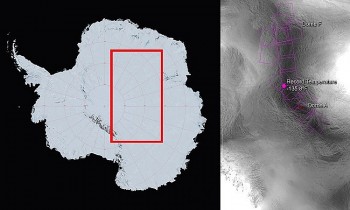 Where is the Coldest Place on Earth - According to NASA Satellite Where is the Coldest Place on Earth - According to NASA Satellite According to NASA, the coldest place on Earth is the East Antarctic Plateau with a temperature of -93.2 degrees Celsius. |
 Why Does the Moon Affect the Tides Though It is 384,000 KM from Earth Why Does the Moon Affect the Tides Though It is 384,000 KM from Earth Tides are the rise and fall of sea water in a cycle of astronomical changes. Tides occur due to the Moon's gravitational pull on the ... |
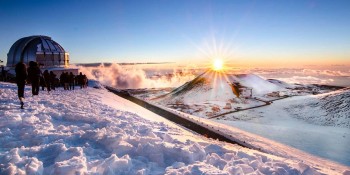 What Is The Highest Peak On Earth? The Answer Is Not Everest What Is The Highest Peak On Earth? The Answer Is Not Everest If you think Everest is the highest mount on Earth, you should read this article. There is one mount higher than Everest dubbed the highest ... |























